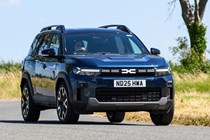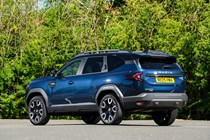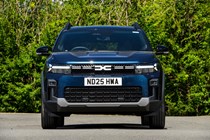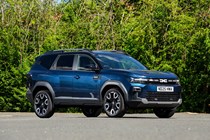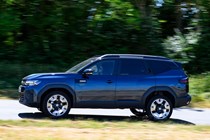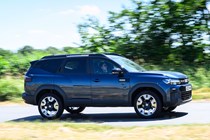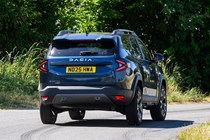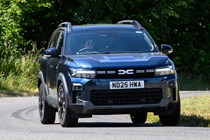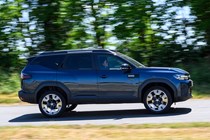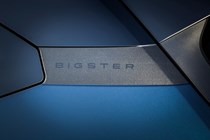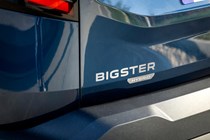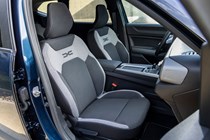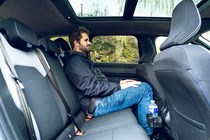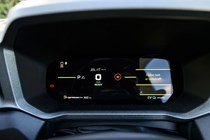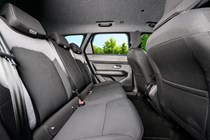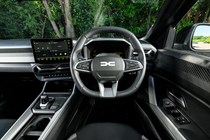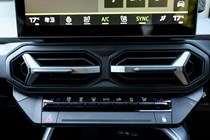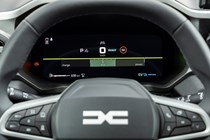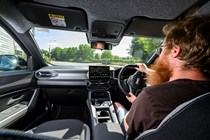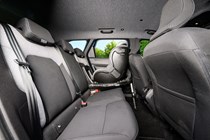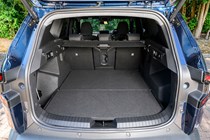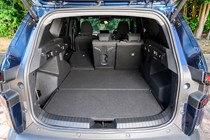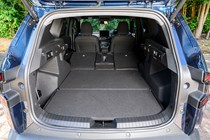Dacia Bigster interior, tech and comfort
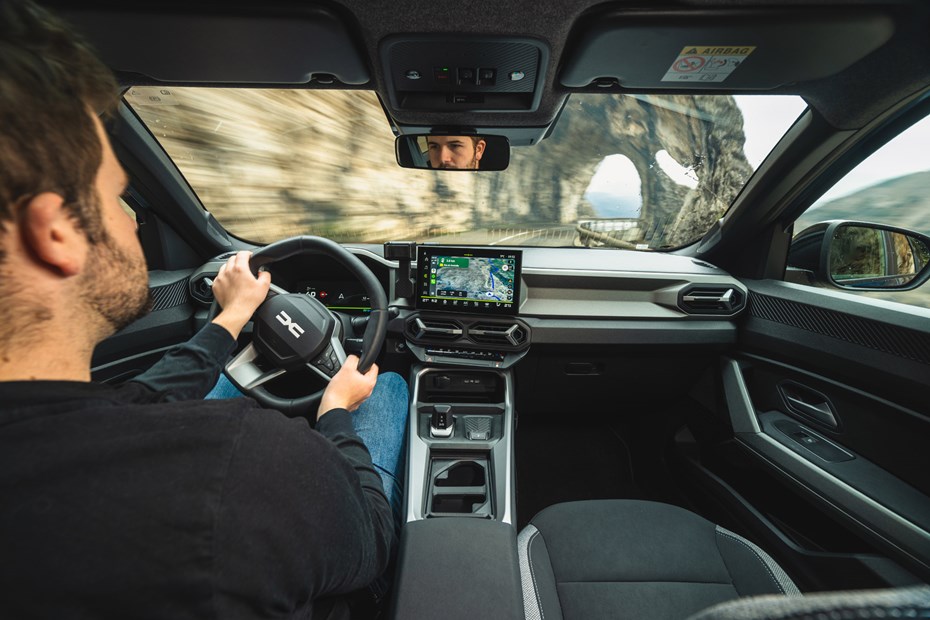
- Technology is good overall
- Material quality is lacking
- Seats could be more supportive
How is the quality and layout?
Quality is a bit disappointing. The Bigster’s interior wouldn’t look out of place in a commercial vehicle, which might be the nail that seals the coffin shut for drivers stepping out of older, more upmarket cars. Even a base-model Qashqai feels more premium than the Bigster – but you need to remember how much cheaper the Dacia is than its rivals.
Once you factor that £5,000 saving into the equation, the Bigster’s reliance on hard cabin plastics is almost forgivable – at least for the base-model. However, our top-spec, £30,000 Extreme model shared the same finish. A few soft-touch materials would go a long way here.
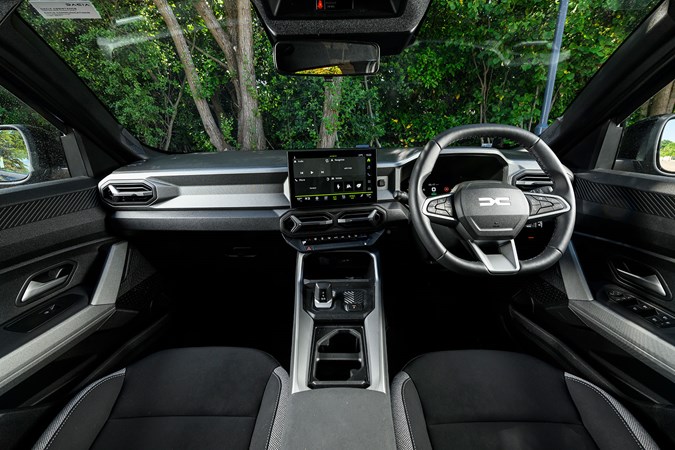
Mercifully, the layout is utterly logical. You still get a row of physical climate control buttons under the touchscreen and an incredibly helpful shortcut button above your right knee that allows you to quickly disengage the driver assistance tech you don’t like. That means you spend less time faffing about with the screen on the move, which is always safer.
Infotainment and tech
The Bigster’s technology is pretty good for the money. You get a 10.1-inch touchscreen and 7.0-inch digital gauge cluster as standard, but you can upgrade that latter screen to a 10.0-inch unit by opting for the mid-range Journey model. Neither screen overwhelms you with information, which I found to be a welcome change.
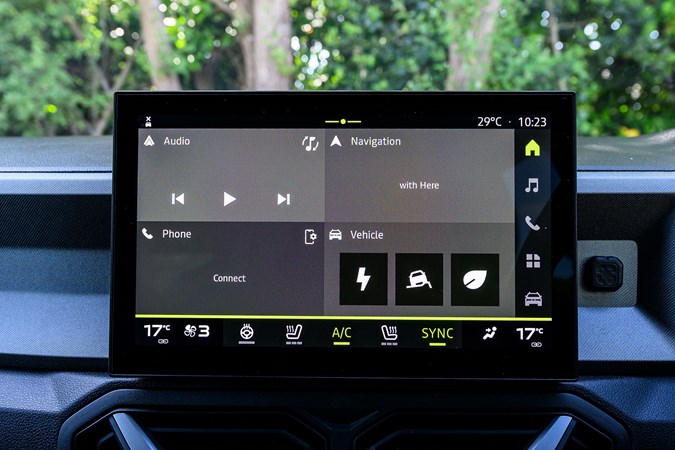
However, the touchscreen is quite basic. Resolution isn’t exactly sparkling and it’s lacking the sort of processing power you get from Volkswagen products – our Bigster test car was quite slow to swap between menu screens. But it’s easy to navigate and the wireless smartphone mirroring works reliably, which is all most drivers really need.
Comfort
- Reasonably comfortable seats
- Plenty of comfort features
- Slight ergonomic oversights
Dacia says it worked hard to improve the Bigster’s comfort over the Duster, acknowledging that most buyers in this class use their cars for long journeys and holidays. That’s why the Bigster is available with features such as a partially electrically adjustable seats for the first time (it’s only the recline and height that’s electric). Heated front seats and a heated steering wheel are also included on all but the entry-level Expression model.
Rear passengers will also appreciate the Bigster’s panoramic sunroof. It’s the first time Dacia has ever offered one – and it makes the cabin feel far airier. It’s great value, too. It’s standard on the top-spec Extreme trim or offered as a £550 option on the mid-range Journey model. Considering Volkswagen charges £1,385 for the same feature on the Tiguan, it seems an absolute steal on the Bigster.
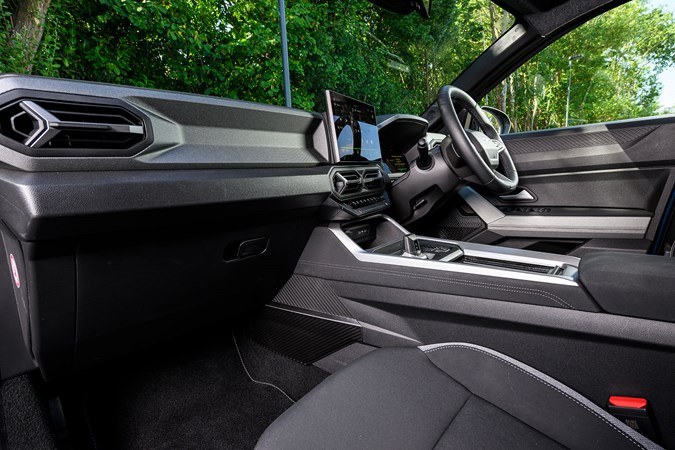
The Bigster’s front seats are reasonably supportive, but I’d have liked slightly longer seat bases as my thighs weren’t adequately supported. The dead pedal on the left-hand side of the driver’s footwell also sat too flat to the floor. That meant I had to hold my ankle uncomfortably extended to use it.
I have one last, minor complaint about the Bigster’s layout. Because it’s based on a supermini platform, the driving position feels like it’s from a much smaller car. I’m six feet tall and, with my arms at the correct distance for the wheel, my legs were scrunched up underneath the dashboard. If I slid the seat back to get my legs a comfortable distance from the pedals, I was over-reaching for the wheel and my shoulders were behind the B-pillar, which impacted my visibility at junctions.


